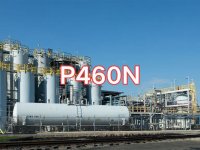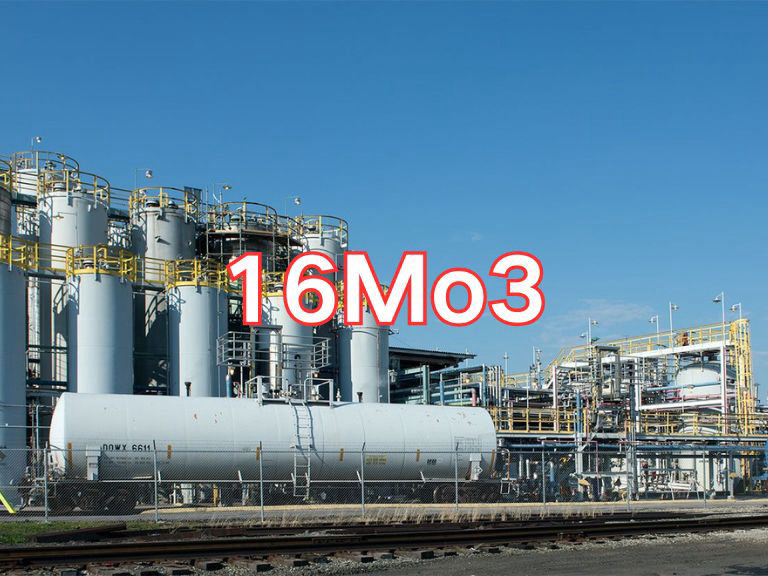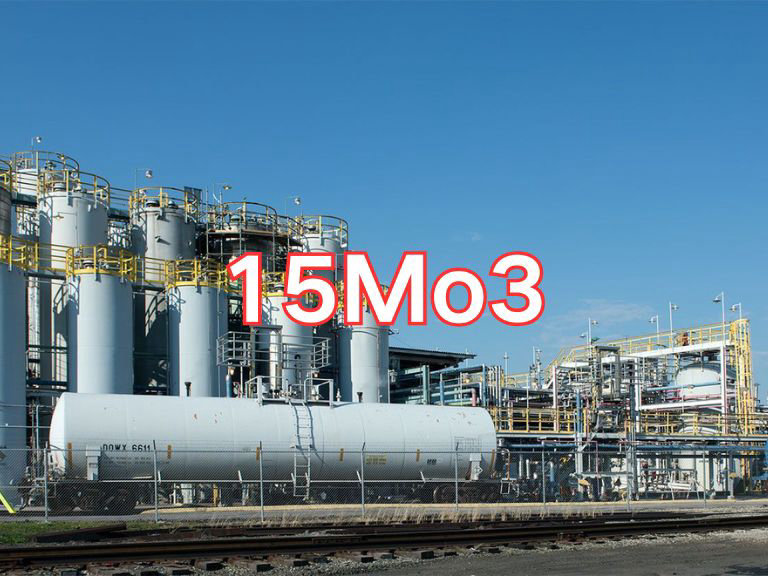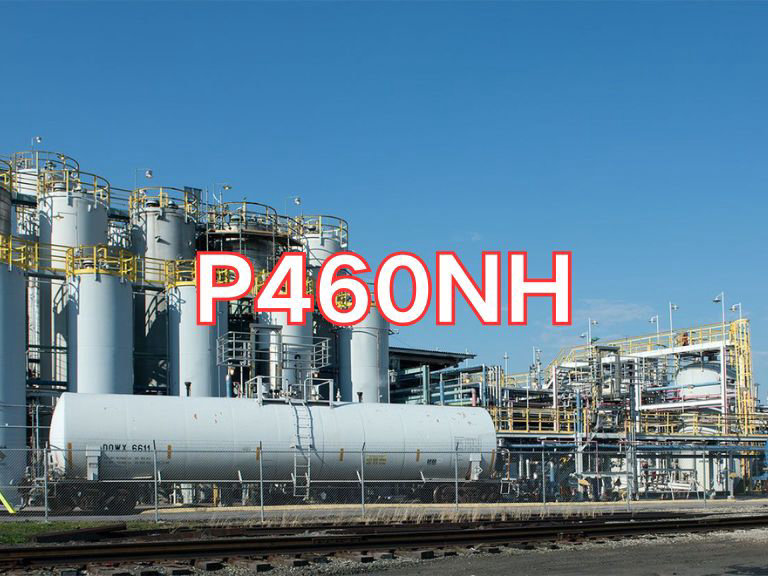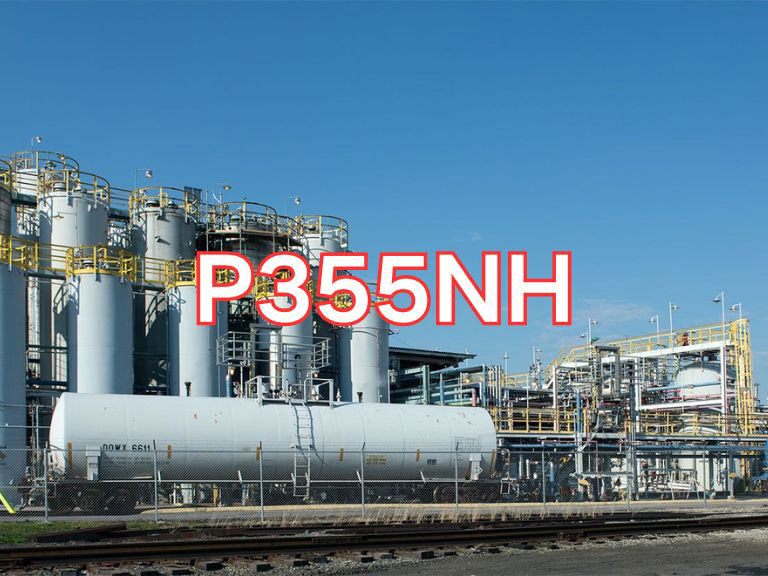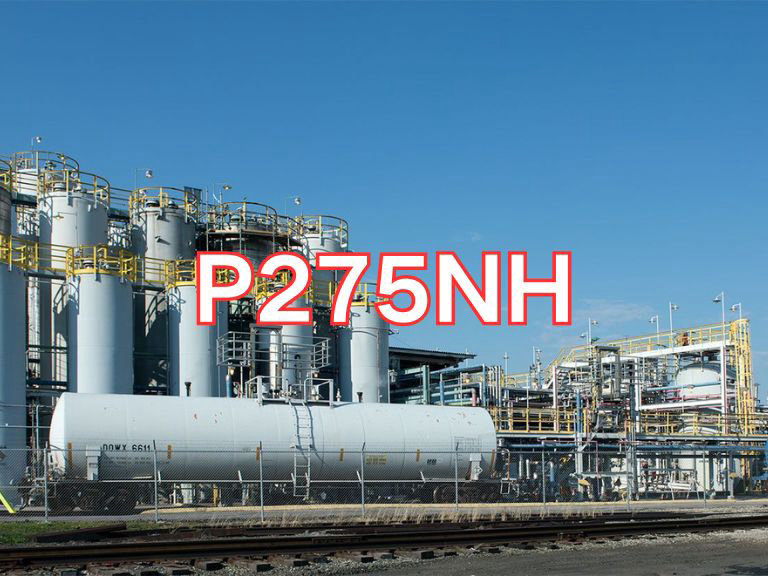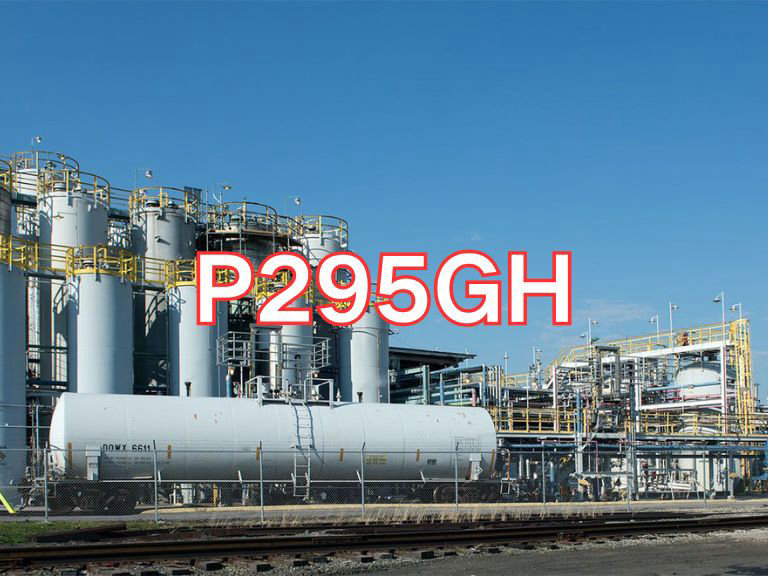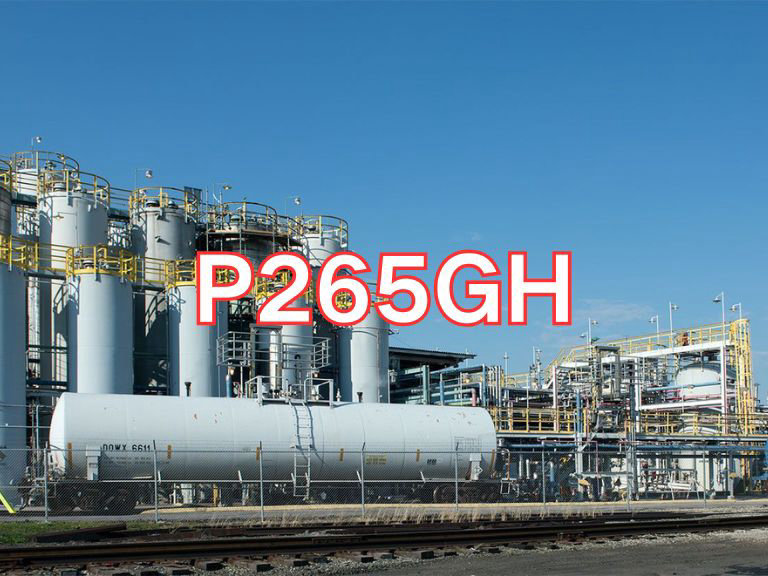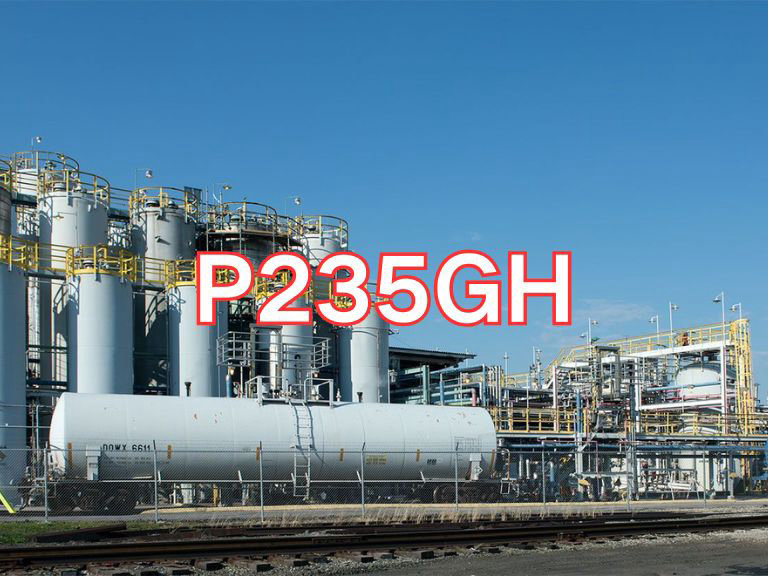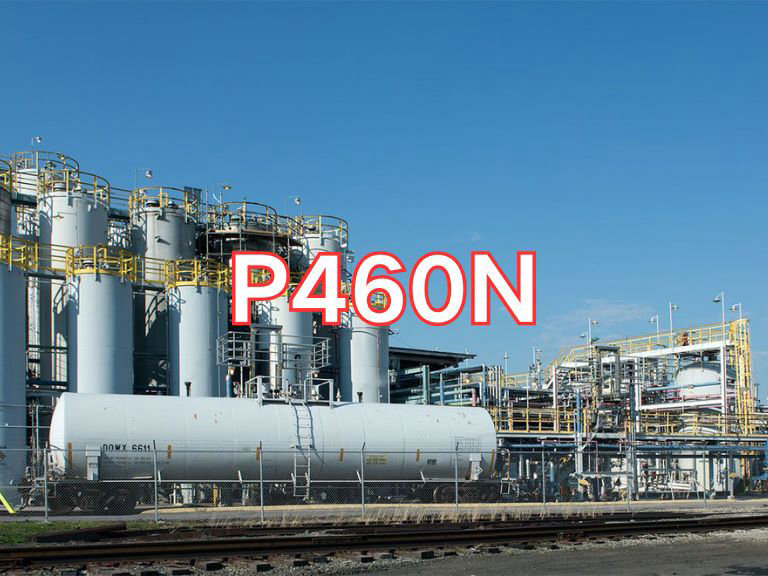

P460N
P460N steel plate is a high-strength, non-alloy, fine-grain structural steel produced by hot rolling, specifically designed for welded structures subjected to high loads, particularly in engineering fields requiring high strength and toughness. Its technical requirements are primarily governed by the European standard EN 10025-3:2019 "Hot rolled products of structural steels – Part 3: Technical delivery conditions for normalized or normalized rolled weldable fine grain structural steels". This standard specifies the technical delivery conditions for fine-grain structural steels supplied in the normalized or normalized-rolled condition, clearly defining the chemical composition, mechanical properties, impact toughness, dimensional tolerances, and inspection rules for P460N. As a high-grade steel within the EN 10025-3 standard, P460N is widely used in construction, bridges, heavy machinery, engineering equipment, and industrial installations where high material strength is required for structural components.
The designation "P460N" consists of three parts: "P" here does not stand for "Pressure equipment", but according to the EN 10025 series, serves as a general prefix for "Structural steel"; "460" denotes the specified minimum yield strength at room temperature of 460 MPa, placing it in the high-strength category. This is significantly higher than common grades such as S355 or P355 series steels, enabling effective reduction of structural weight while enhancing load-bearing capacity; "N" means "supplied in normalized or normalized-rolled condition", a production process that promotes a uniform and fine-grained microstructure, thereby improving the steel’s overall mechanical properties, especially toughness and weldability. P460N ensures good weldability, cold formability, and resistance to lamellar tearing through strict control of carbon content and carbon equivalent, along with the addition of micro-alloying elements such as aluminum (Al), niobium (Nb), vanadium (V), or titanium (Ti) for deoxidation and grain refinement.
The primary applications of P460N steel plate are in engineering structures requiring high strength and good reliability, including:
Heavy and Engineering Machinery: Used for key load-bearing components in excavators, cranes, piling machines, and similar equipment.
Bridges and Building Structures: Used in long-span bridges, supporting structures in high-rise buildings, and structural joints.
Industrial Equipment: Used in high-stress structures such as large presses, mill stands, and conveyor frames.
Shipbuilding and Offshore Engineering: Used for hull structures and local reinforcement components on offshore platforms.
Key characteristics include: very high yield strength (≥460 MPa), good low-temperature toughness (the standard typically requires Charpy V-notch impact testing at -20°C), excellent weldability (preheating temperature, generally recommended at 100–150°C, should be determined based on plate thickness and structural importance), and superior cold and hot formability. As a structural steel combining high strength with good processing performance, P460N plays an important role in modern engineering structures and is an ideal material choice for achieving structural lightweighting and high performance.

Ultrasonic Testing (UT)
A key non-destructive testing technique that uses high-frequency sound waves to detect internal flaws in steel plates. The probe emits sound waves, which reflect when encountering defects such as cracks or inclusions. The receiver captures the echoes, enabling precise determination of defect location and size. With high sensitivity, strong penetration, and fast inspection speed, UT effectively ensures internal quality, widely used in the production of heavy plates, pressure vessel plates, and other high-end products to guarantee safety and reliability.

Magnetic Particle Testing (MT)
A common surface inspection method that magnetizes the workpiece, causing leakage magnetic fields at surface or near-surface defects like cracks or inclusions, which attract magnetic particles to form visible indications. Simple to operate and highly sensitive, MT is suitable for rapid inspection of surface and near-surface flaws in ferromagnetic materials, widely used for online or offline inspection of plate edges, ends, and welds, ensuring product quality and safety.

Penetrant Testing (PT)
A non-destructive method for detecting surface-breaking flaws. A penetrant liquid is applied to the cleaned steel surface, allowing it to seep into defects such as cracks or pores. After removing excess penetrant, a developer is applied, causing the trapped penetrant to bleed out and form visible indications. Simple and cost-effective, PT is suitable for inspecting surface defects in various non-porous materials, commonly used for welds, castings, and complex components, effectively ensuring surface quality of steel plates.

